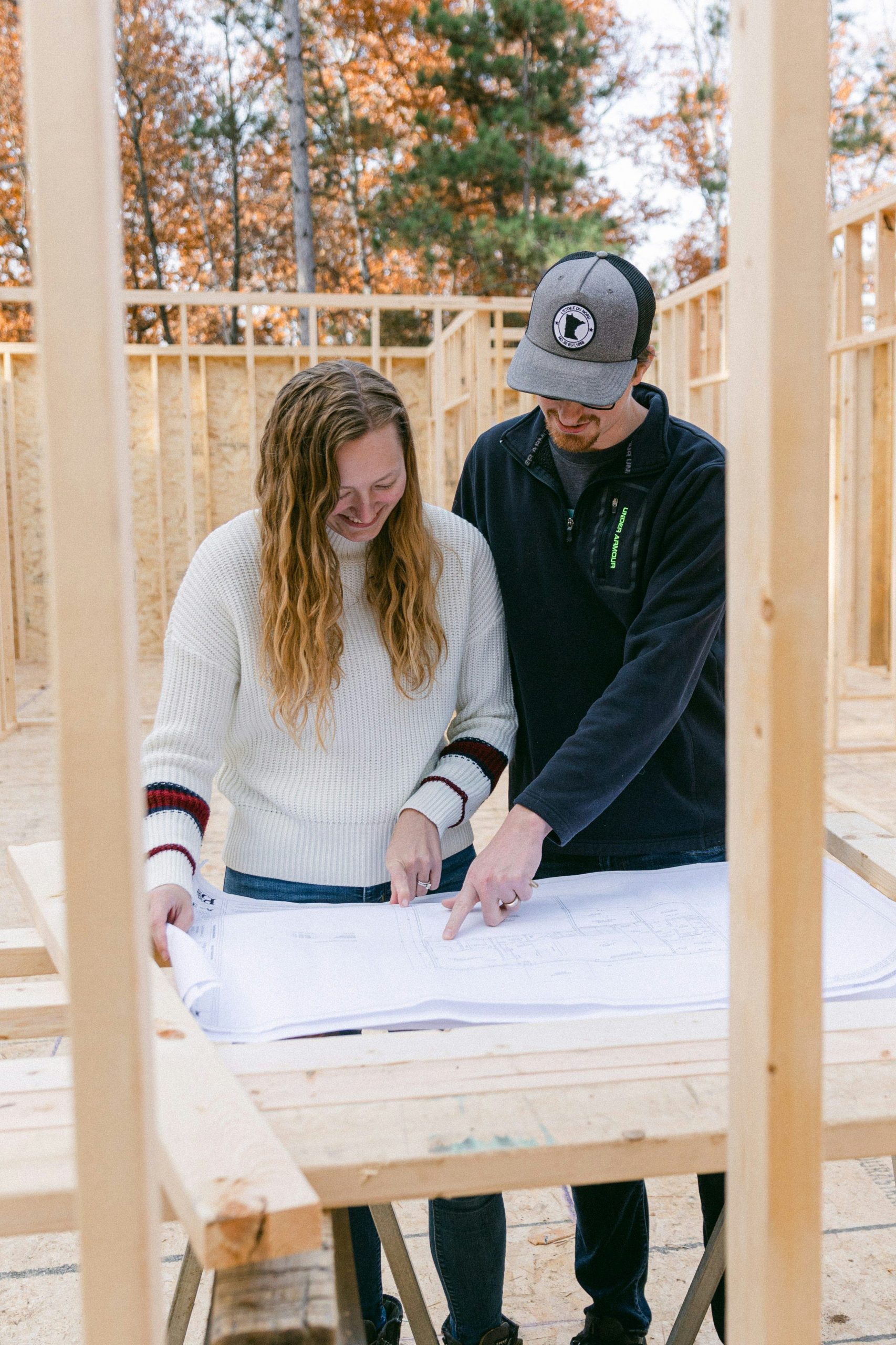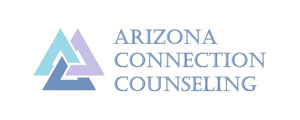From Surviving to Thriving: Choosing Self-Trust Over Self-Reliance
The Hidden Cost of Always Relying on Yourself

Were you praised growing up for taking initiative and handling things on your own? If you’re like most people, that message came early and often. Caregivers modeled endurance and independence, sometimes out of necessity, sometimes out of hope that we could succeed on our own. Even now, asking for help may not be something that comes easily for you—perhaps it made you feel weak or selfish–feeling that tug-of-war between knowing I could handle something on my own and wanting to reach out but hesitating.
In many ways, self-reliance is admirable. It helps us survive, push through obstacles, and figure things out when resources are limited. But what happens when self-reliance is the only tool we know how to use?
When Self-Reliance Turns Into Shield
Self-reliance can become a shield. Instead of helping us move freely, it can harden into an identity: “I don’t need anyone. I can carry this myself.”
The trouble is, when life throws us something bigger than we can hold—grief, trauma, betrayal, the slow burn of loneliness—self-reliance alone can collapse under the weight.
What Self-Trust Offers Instead

Self-trust feels different. It’s less about proving strength, more about believing in your ability to navigate the waters—sometimes by swimming, sometimes by floating, sometimes by calling out for help.
When Self-Reliance Becomes Armor
Self-reliance can start as resilience but turn into armor: “I don’t need anyone. I’ll carry this myself.” That armor works until life hands us something heavier than we can hold — grief, betrayal, trauma, or just the slow ache of loneliness. Then, self-reliance alone cracks.
What Self-Trust Offers Instead

Self-trust is softer, but also stronger. It’s the belief that:
- I can pause without losing progress.
- My emotions aren’t problems; they’re signals.
- Reaching out doesn’t mean weakness — it means wisdom.
I discovered this most clearly when I grew Arizona Connection Counseling into a group practice. At first, I worried: Will I lose what I built? Will inviting others dilute my work?
Instead, leaning into self-trust showed me the opposite: collaboration expanded the depth of our work, created new meaning, and strengthened connection.
Self-trust doesn’t shrink you; it steadies you.
A Gentle Invitation
Next time you think, “I just have to push through,” pause and ask:
Am I defaulting to self-reliance?
Or can I lean into self-trust — trusting myself enough to rest, reach out, and stay rooted?
One leaves you isolated. The other helps you grow — steady as a tree, connected at the roots.
